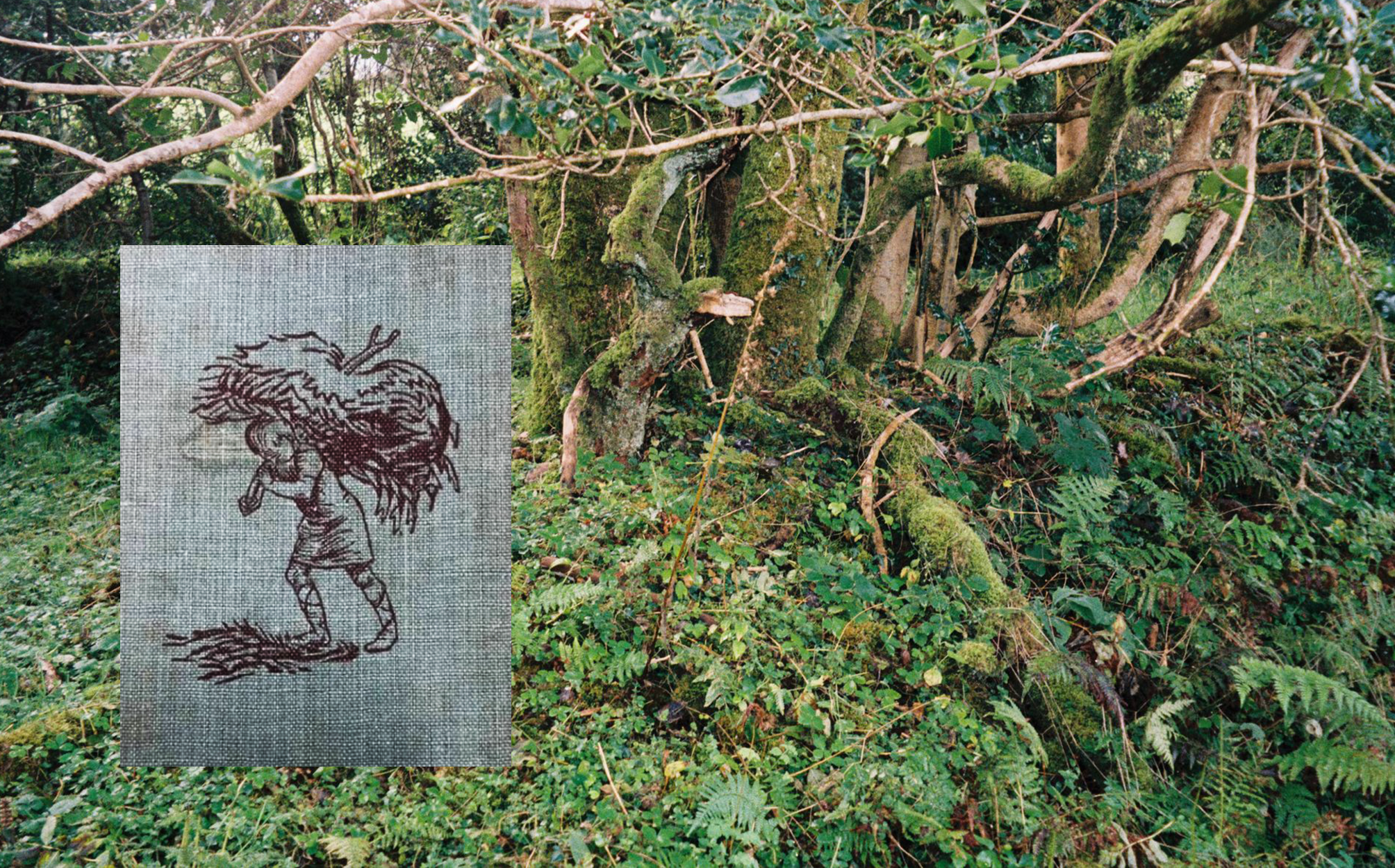Chopping down trees to produce charcoal to fuel the furnace seems like an environmentally destructive practice to the modern mind.
However, coppicing preserved Argyll’s forests. The furnace company held coppicing to high standards. Without the company, landlords renting out their woodlands would have encouraged over coppicing, leading to mismanaged forests and environmental collapse. The 110-year leases over woodlands, some as far as 60 kilometres from the furnace, saved them from being felled and turned over to sheep farming.
Images:
However, coppicing preserved Argyll’s forests. The furnace company held coppicing to high standards. Without the company, landlords renting out their woodlands would have encouraged over coppicing, leading to mismanaged forests and environmental collapse. The 110-year leases over woodlands, some as far as 60 kilometres from the furnace, saved them from being felled and turned over to sheep farming.
Images:
- Woodland in Muckaim parish (c. 1750); Woodland in Muckaim parish (1876). From Charcoal iron smelting and its fuel supply; the example of Lorn furnace, Argyllshire, from The Iron Industry in the Highlands: Charcoal Blast Furnaces, J. M. Lindsay
- Pieter Brueghel the Elder, The Gloomy Day (1565), accessed via Wikimedia; Coppiced woodland at Glen Nant (2022)
- Supplementary sources of charcoal, 178~1810. From Charcoal iron smelting and its fuel supply; the example of Lorn furnace, Argyllshire, from The Iron Industry in the Highlands: Charcoal Blast Furnaces, J. M. Lindsay layer on top of Charcoal burners (Les charbonniers) (1880–1890s), Rosa Bonheur
- Woodland worker illustration from children's book turn of 1900s layered on top of woods at Glen Nant



